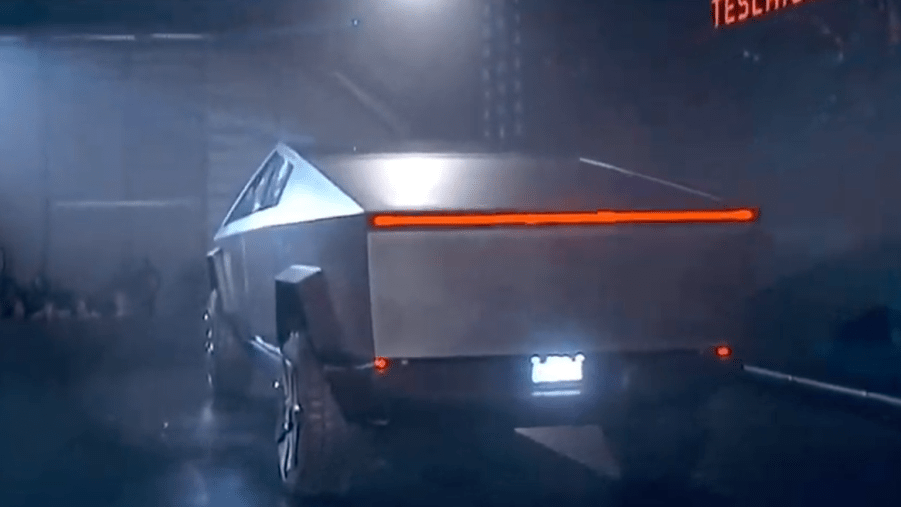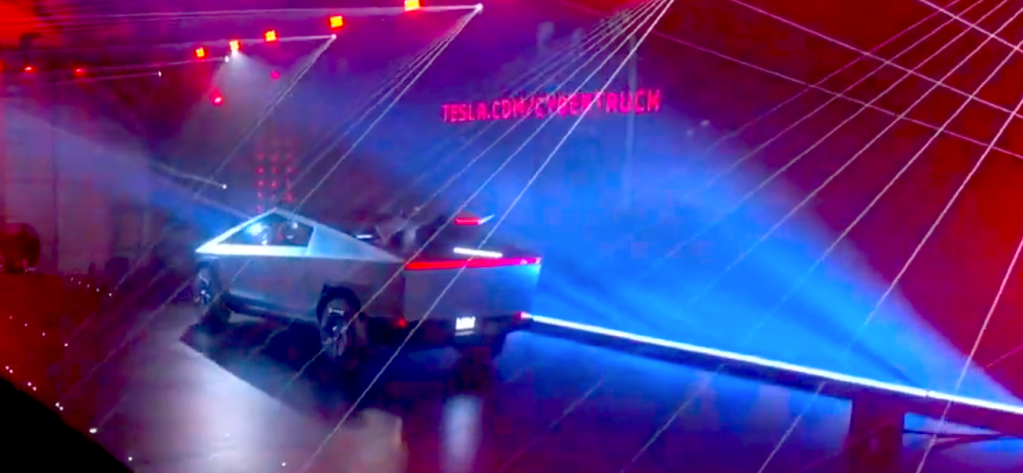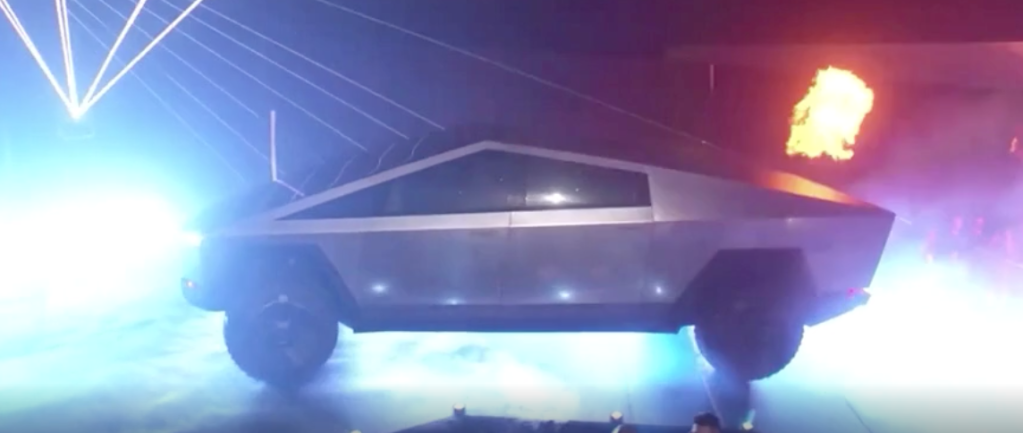
European Certification Impossible For Tesla Cybertruck
We hope those 250,000 that got on the Cybertruck’s waitlist will get a truck they can license. There are already issues concerning basic collision laws and certifications in Europe that won’t allow it to be legal. The Tesla truck may end up being just an expensive doorstop.
With the “nearly impenetrable exoskeleton” of ultra-hard 30X cold-rolled stainless steel you have a skin and structure that won’t crush in a collision. It looks great all silver and gleaming and can withstand sledgehammer whacks, but that is also its problem.
Cybertruck can’t receive approval for a mass-produced vehicle
Stefan Teller, a German technical inspector with the SGS-TUV Saarland, says it can’t receive approval for a mass-produced vehicle. He told Der Spiegel it’s because the steel skin is too hard and won’t crumple in a collision. Instead, it would bounce off of whatever it is impacting like a pinball against a bumper.

That may sound OK but it isn’t. A crumple zone absorbs a lot of the energy in a collision which means occupants don’t. By bouncing off of an object the occupants absorb a lot more of the impact, which can be catastrophic. The more energy pulled away from occupants by being absorbed in a crash means less harm happens to occupants.
It’s the reason you see parts peeling away from racecars in accidents. Those suspension pieces and tires take some of the impact energy away from the racecar. The more energy pulled out of the racecar the less severe the injuries to the driver will be. It’s the same with a crumple zone in a passenger car.
Pedestrian impact legislation also raises issues with Cybertruck
In the US there continue to be more safety laws for cars involved in pedestrian accidents. Just as hard objects will bounce off of the truck’s skin, so too would a pedestrian, which is also not good. A vehicle’s body deforming when it makes contact with a pedestrian helps to absorb some of the energy rather than transferring it to the pedestrian.
The other potential problem that isn’t being discussed is what happens if the structure of the truck collapses in a rollover or accident? Can rescuers use the Jaws of Life to free passengers? Is the hardened metal able to be cut away to free trapped and/or injured occupants?

So while the demonstrations of the body’s toughness and indestructibility were impressive, they are only good in a vacuum. In actual use there seem to be mounting problems with the use of cold-rolled steel.
Some suggest Tesla could try to get the certification as an armored vehicle, but the mass-production aspect of the Cybertruck will probably kill that end-around.
Does Tesla even want to sell the Cybertruck in Europe?
In all of this speculation, we are missing one component. Tesla and, specifically Elon Musk has not ever said it intends to sell the Cybertruck in Europe. So while we have information that Tesla may have problems getting it certified that may not be in Tesla’s plans, to begin with. But whatever challenges it looks to be facing for European certification it probably will also face in the US.
As production is still two years off it gives Tesla and regulators plenty of time to sort out potential safety sticking points.



